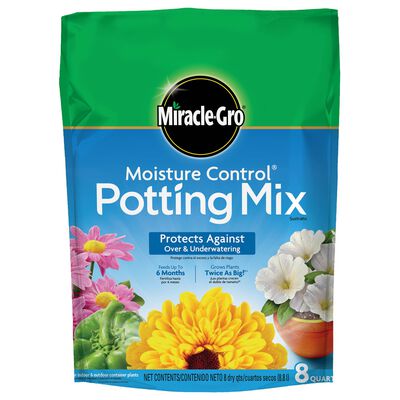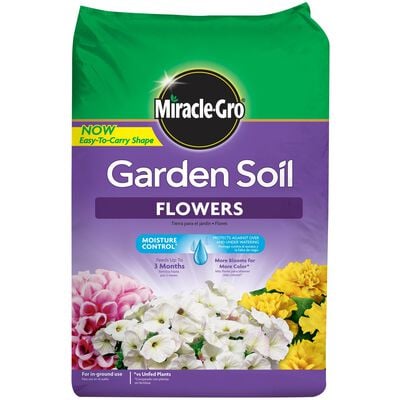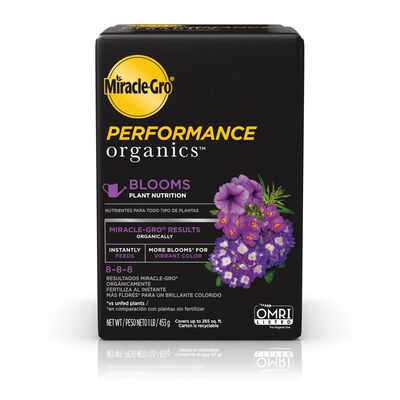
Growing Nasturtiums: Flowers & Salads
This edible flower adds a great taste to salads
Growing Nasturtiums: Flowers & Salads
Growing Nasturtiums: Flowers & Salads
- Transplanting nasturtiums can be difficult, so start from seed after your last spring frost.
- Choose a location with full sun, but give nasturtiums afternoon shade if you have intensely hot summers.
- Improve soil nutrition and drainage when planting nasturtiums by adding premium garden soil to in-ground gardens or using potting mix in containers.
- Water nasturtiums if the top 2 to 3 inches of soil are dry.
- Feed nasturtiums regularly beginning a month after planting.
A favorite among landscape painters, creative chefs, and master gardeners alike, the nasturtium is a flower with great range. Once the weather warms up, they'll razzle-dazzle your senses while attracting pollinators with their sweet nectar, too. Why not grow this triple-threat performer? It's easy!
Nasturtiums as Edible Flowers
Nasturtiums liven up any garden with their brightly colored, sweet-smelling petals, and aromatic leaves. They can also add zest in the kitchen, and the scent of these edible flowers is a hint at how they taste: A little sugary and a little spicy, or what some describe as the taste of honey mustard. High in vitamin C, they're great in salads or as a substitute for watercress in a classic tea sandwich. Even their seed pods can be used in cooking as a replacement for capers.
Nasturtiums as Companion Plants
Nasturtiums aren't just a pretty face, they're also plants that repel bugs. As companion plants, they help run defense in your garden by keeping pests at bay, including aphids, flea beetles, cabbage worms, squash bugs, whiteflies, and more. Interplant nasturtiums with cucumbers, members of the cabbage family, bean plants, squash, tomatoes, and peppers to give these veggies a helping hand. You can also use nasturtiums to draw in beneficial insects and pollinators like hummingbirds and bees, which appreciate a hit of that sweet, sweet nectar.
From a strictly visual standpoint, nasturtiums can complement a range of spots in your garden. Some nasturtiums grow as bushy plants. Others string out along climbing or trailing vines. Trailing nasturtiums are excellent in a hanging basket. Their colorful blossoms can be yellow, orange, pink, red, white or bi-colored, giving you plenty of options for your garden space. The leaves are large and rounded, attractive in their own right.
How to Plant Nasturtiums by Seed
Nasturtiums grow easily from seed and generally don't like being transplanted, which is why you may not find nasturtium plants at your local garden center. It's best to sow seeds directly into the ground or containers after the last frost in spring.
1. Choose a Sunny Spot
Because transplanting nasturtiums is tricky, choose a spot where you know they'll get full sun. That said, if you live in a hotter climate with intense summers, plan for some afternoon shade. They'll thank you for it.
2. Use High-Quality Soil
If you're planning to grow nasturtiums in the ground, amend your soil with nutrient-enriched matter, such as Miracle-Gro® Garden Soil for Flowers & Vegetables, before planting. For container-grown nasturtiums, settle the seeds into Miracle-Gro® Moisture Control® Potting Mix. The formula feeds your plants for 6 months so they grow bigger and have more color.
Nasturtium seeds are large and easy to plant—just space them according to the directions on the seed packet and they should sprout quickly (about 7 to 10 days).
3. Water and Feed When Needed
Nasturtiums require little feeding or attention. Be careful not to overwater (test the soil moisture level 2 to 3 inches below the surface before watering). Feed your nasturtiums occasionally with Miracle-Gro® Performance Organics® Blooms Plant Nutrition.
4. Groom Nasturtiums for Growth
Prune or deadhead wilted or misshapen flowers to encourage more growth. If you're growing nasturtiums in containers, you may find you need to prune them significantly during their growing season.
With so many benefits, it's easy to see why gardeners, cooks, and aesthetes all love nasturtiums. Give them a go this growing season to tickle your senses and help protect some of your other precious plants.


